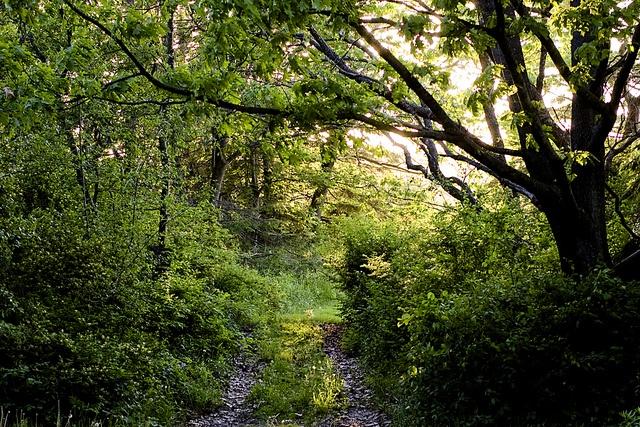
Apple is protecting forests in the U.S. and China. Why? In the words of Lisa P. Jackson, the company's vice president of environment, policy and social initiatives, Apple believes that “paper, like energy, can be a renewable resource.”
Speaking at Law Seminars International’s Natural Resource Damages Conference in Santa Fe, New Mexico, Jackson said Apple is “constantly looking for ways to lower the paper footprint that we use in our packaging.” Apple made a commitment to achieve a net-zero impact on the world’s supply of sustainable virgin paper. It will achieve that goal in three ways, Jackson said:
- Use paper more efficiently.
- Increase the use of recycled paper content.
- Source paper sustainably.
Last year, Apple began to partner with the Conservation Fund to conserve over 36,000 acres of working forests in Maine and North Carolina. Apple and the Conservation Fund are protecting over 32,400 acres on the Mattawamkeag River in Aroostook County, Maine. It is a place filled with wetlands, rivers and upland forest where Atlantic salmon, bald eagles, northern goshawks and Canada lynx dwell.
In Brunswick County along the southern coast of North Carolina, they're protecting over 3,600 acres of pine and hardwood forest. As of February, the Conservation Fund planted 185,000 trees across 300 acres in Brunswick County. The collective annual paper fiber production from both forests equals almost half of the virgin fiber it took to make iPhone, iPad, iPod, Mac and Apple TV packaging in 2014.
“Apple is clearly leading by example — one that we hope others will follow,” said Larry Selzer, president and CEO of the Conservation Fund, in a 2015 press release. “By all accounts, the loss of America’s working forests is one of our nation’s greatest environmental challenges. The initiative announced today is precedent-setting.”
An opinion piece authored by Selzer and Jackson in 2015 lays out the state of America’s working forests, which they describe as “one of the most overlooked and urgent environmental stories of our time.” In the last 15 years, 23 million acres of forestland have been lost, an area the size of Maine. An estimated 45 million more acres “are currently in the crosshairs of development.” These forests once provided pulp, paper and solid wood material. Working forests also supply 2.8 million jobs and sequester carbon dioxide. They are privately held and are at “grave risk,” Apple says.
The partnership between Apple and the Conservation Fund is “mutually beneficial,” Jackson and Selzer wrote. The partnership helps Apple reach its zero-impact goal, while the nonprofit group is committed to identifying at-risk forests in the U.S. and conserving them. So, together they are helping to achieve each others objectives.
In 2015, Apple began a similar partnership with the World Wildlife Fund to protect China’s forests. The goal of the five-year project is to protect as much as 1 million acres of responsibly-managed working forests that provide fiber for pulp, paper and wood products. The partnership “is an important step toward that goal and our commitment to leave the world better than we found it, ”Jackson said in a statement.
Apple is making strides to meet its zero-impact goal. In fiscal year 2015, over 60 percent of the paper used in its packaging was made of recycled wood fiber. The same year, over 99 percent of the virgin paper used in its packaging came from virgin paper from sustainably-managed forests or controlled wood sources.
Apple is able to make such strides in large part due to the sustainable fiber requirements that its suppliers must meet. All wood fibers used in packaging or print applications must come from sources that are certified or endorsed by the Forest Stewardship Council (FSC), Program for the Endorsement of Forest Certification (PEFC), sources that meet the requirements of FSC Controlled Wood, or others that Apple has reviewed and approved.
Image credit: Flickr/cloud2013

Gina-Marie is a freelance writer and journalist armed with a degree in journalism, and a passion for social justice, including the environment and sustainability. She writes for various websites, and has made the 75+ Environmentalists to Follow list by Mashable.com.














